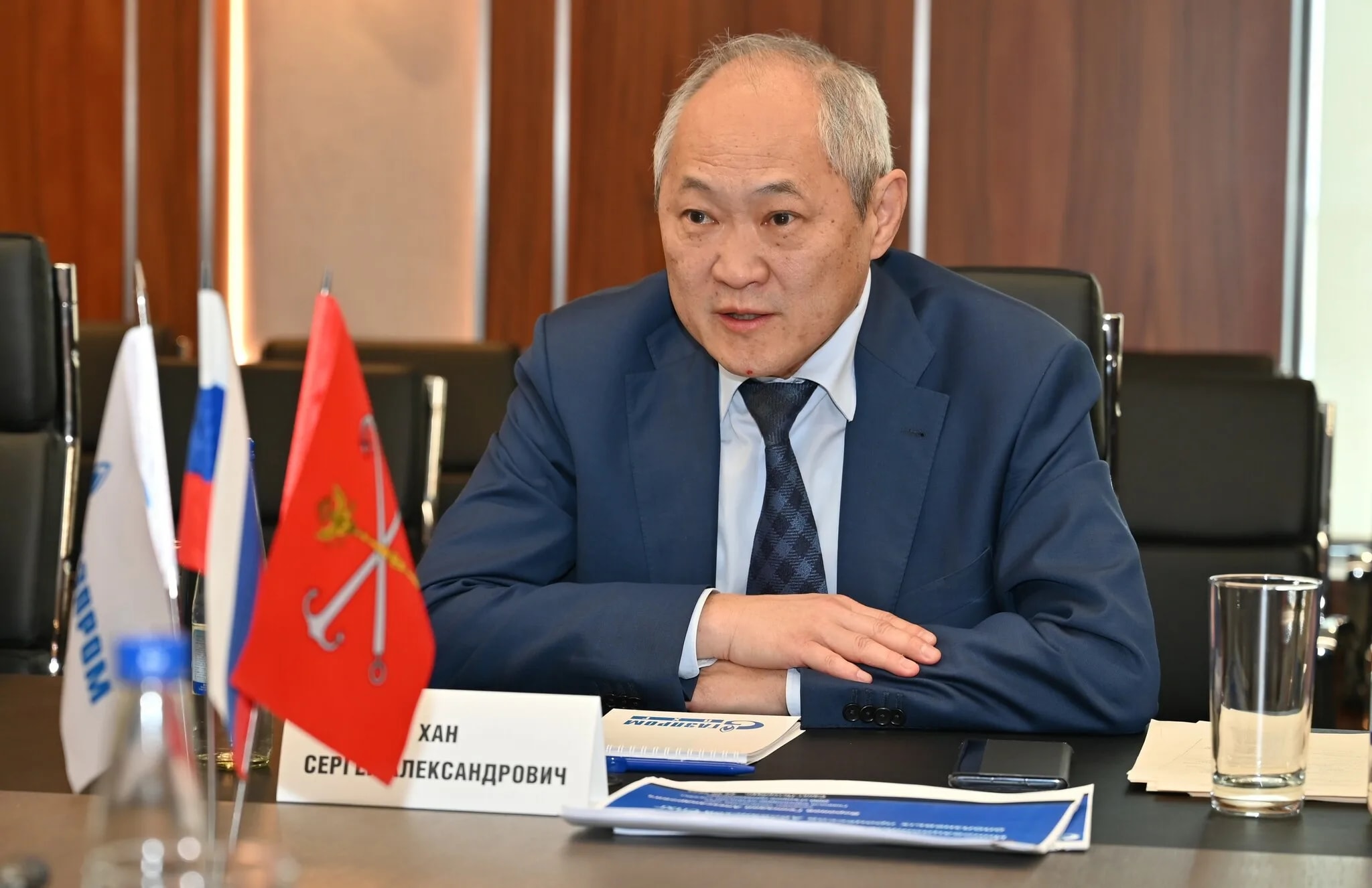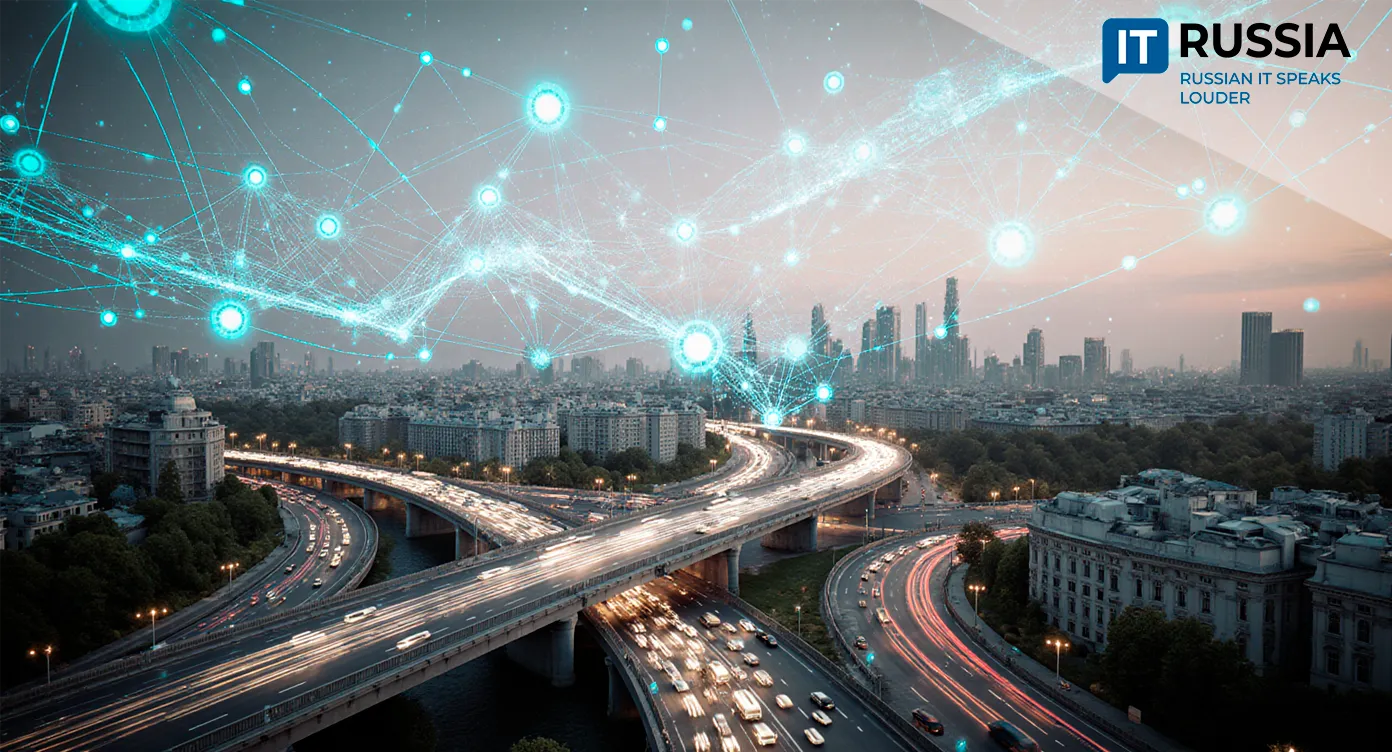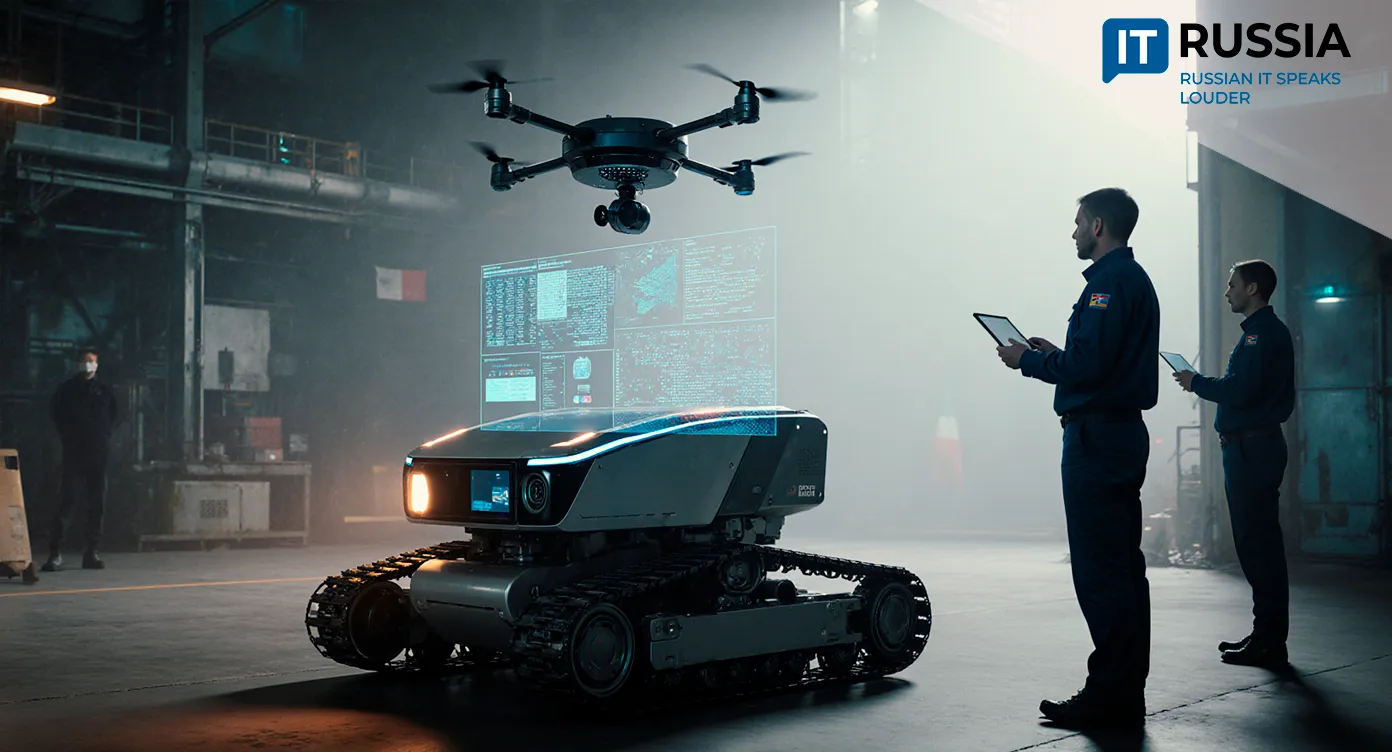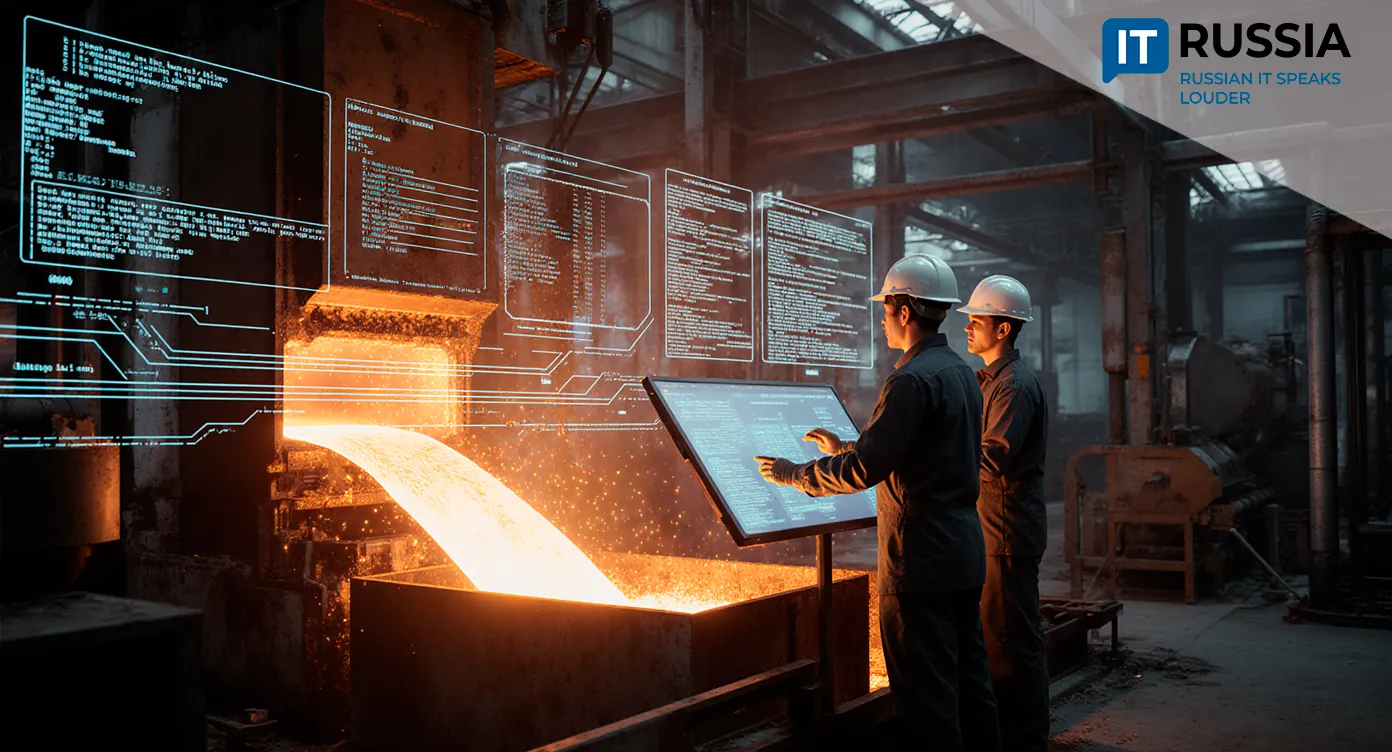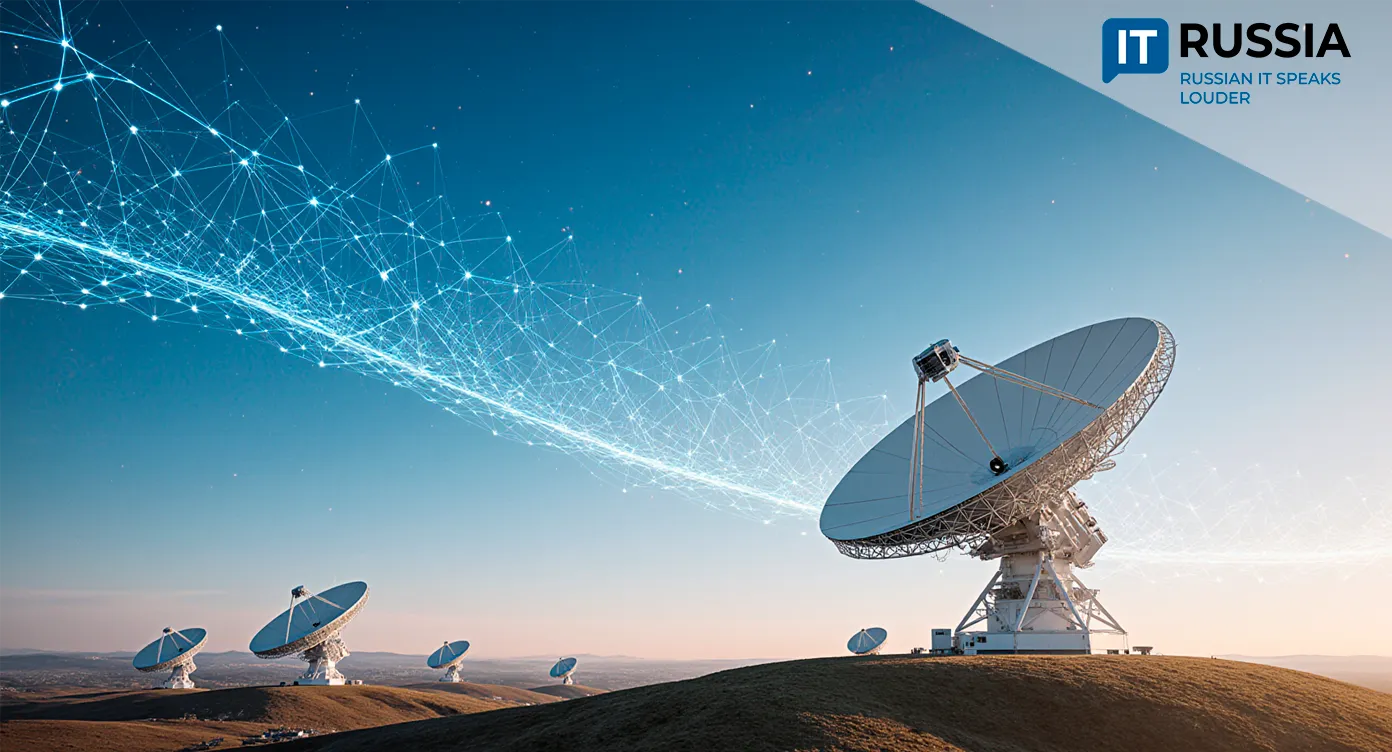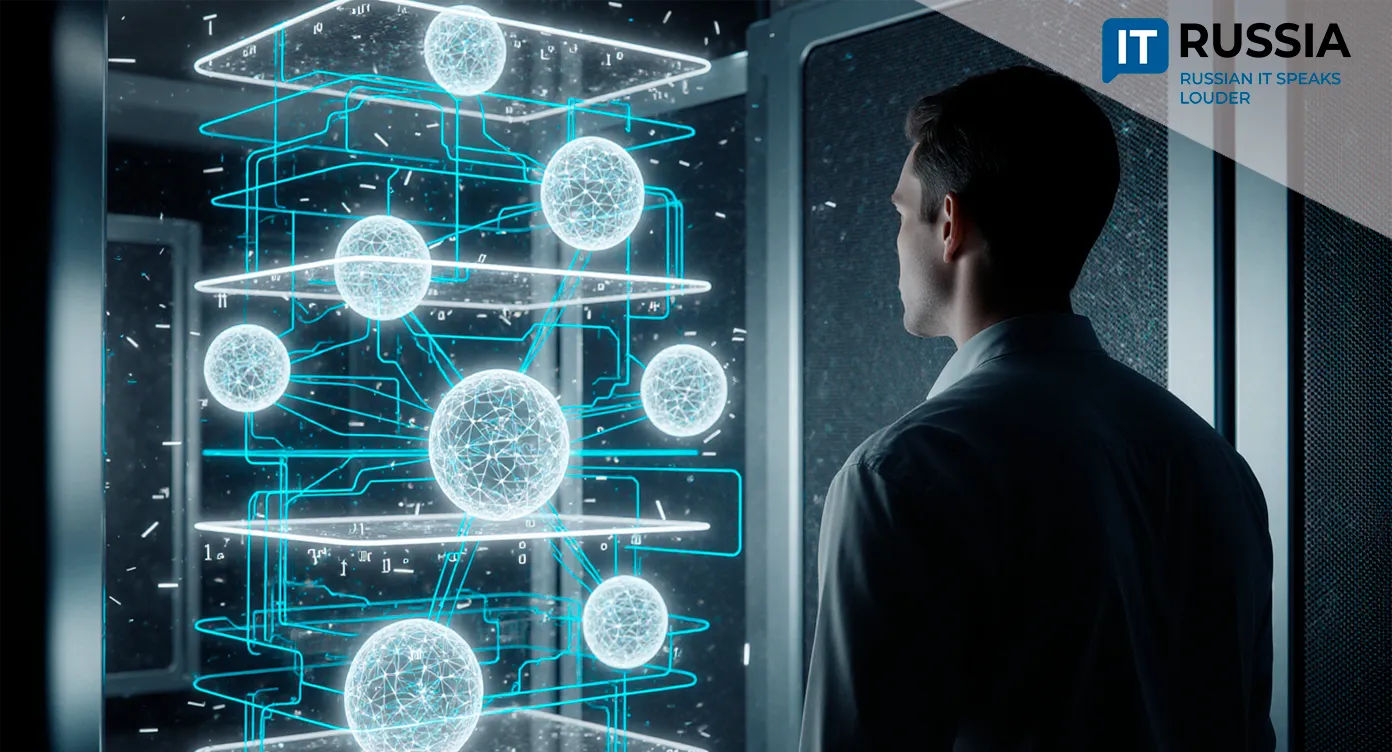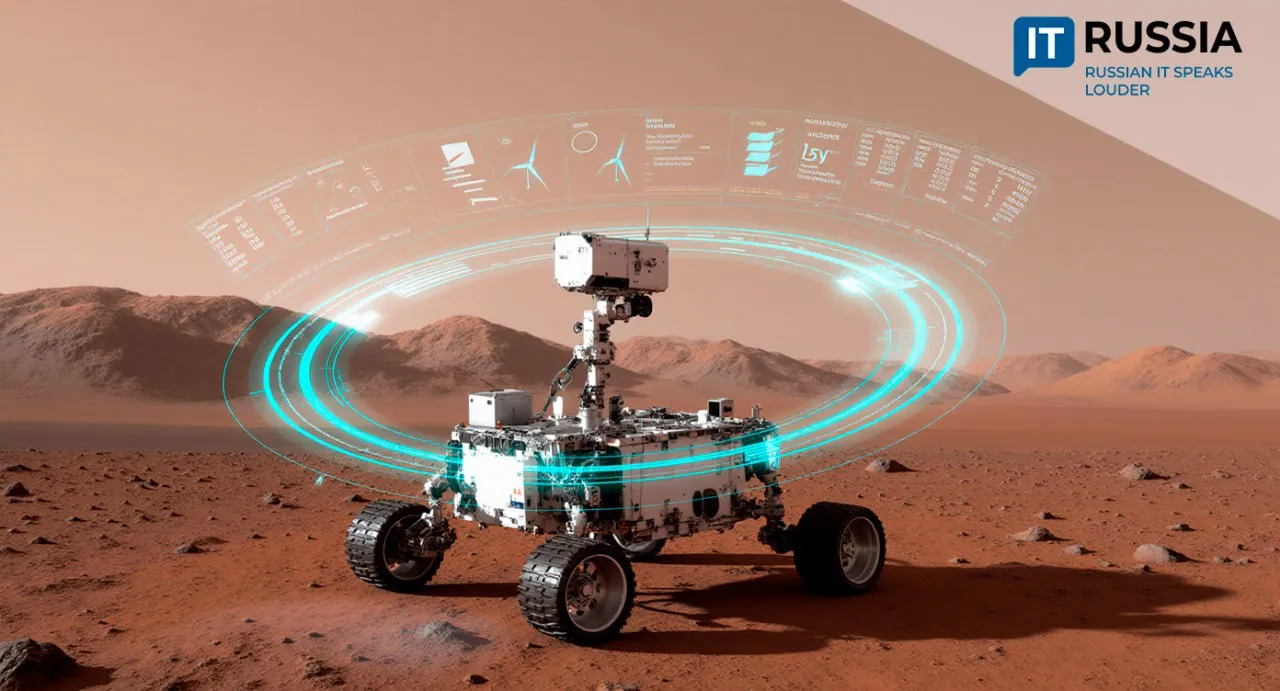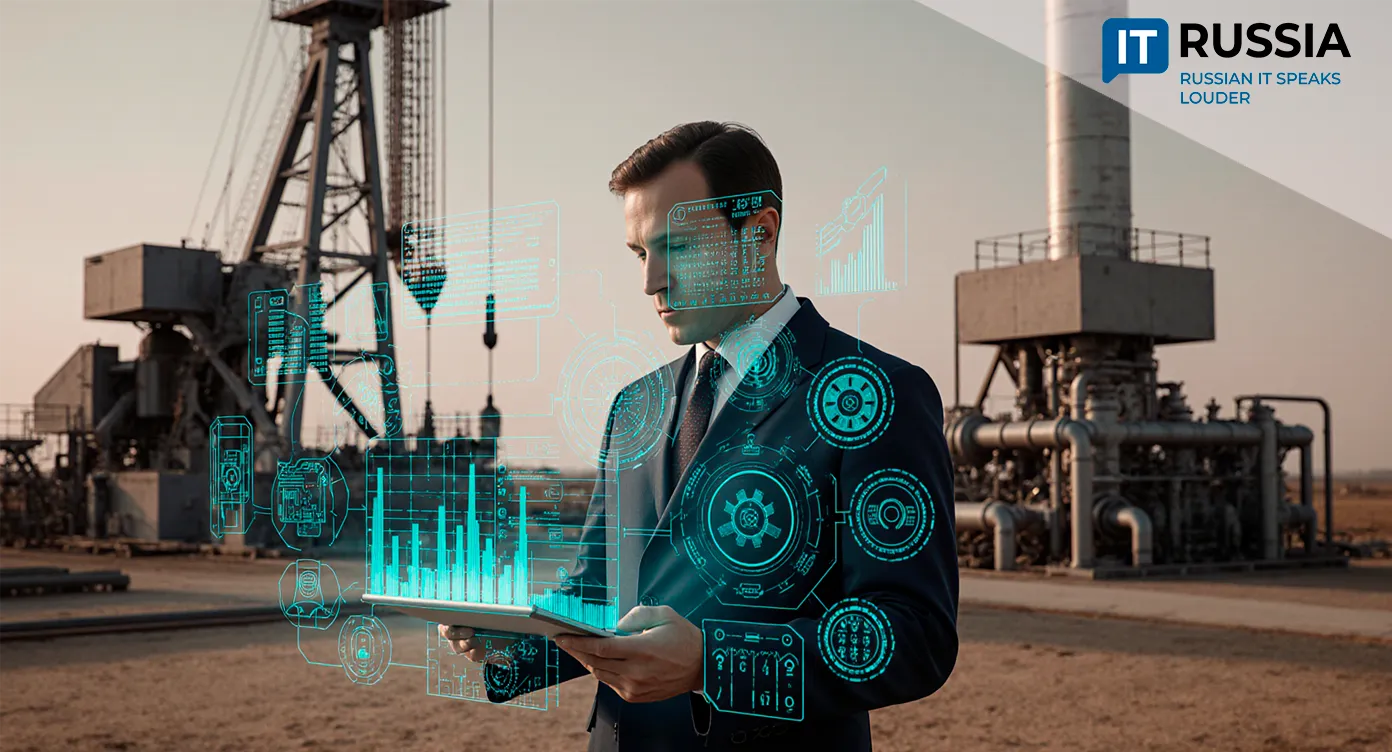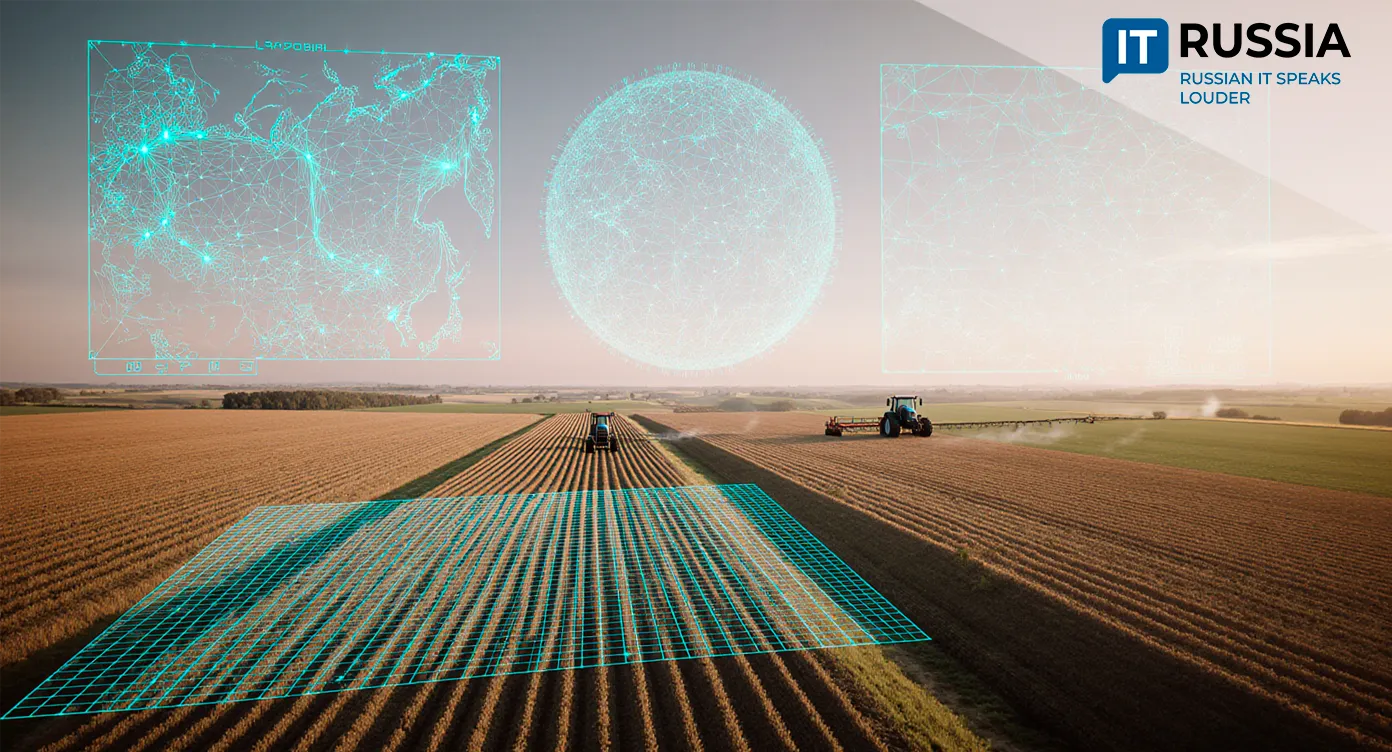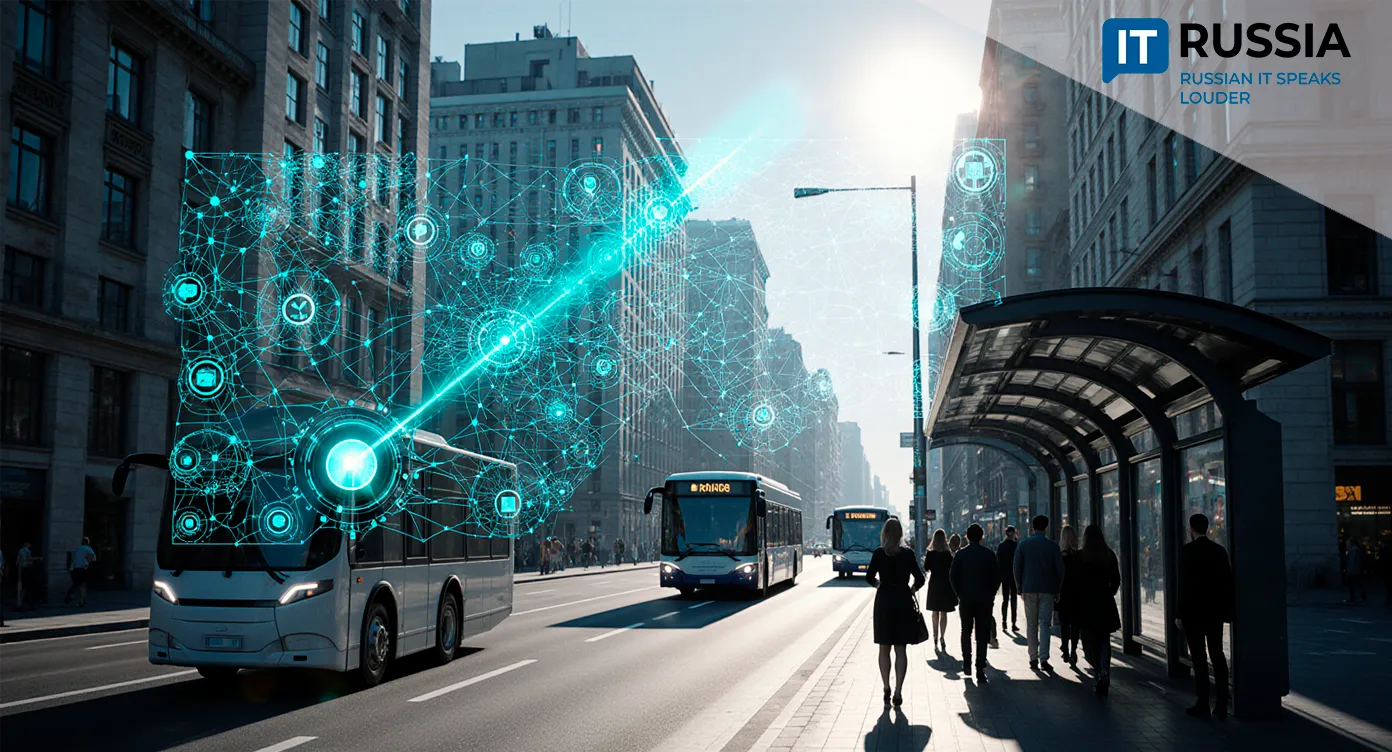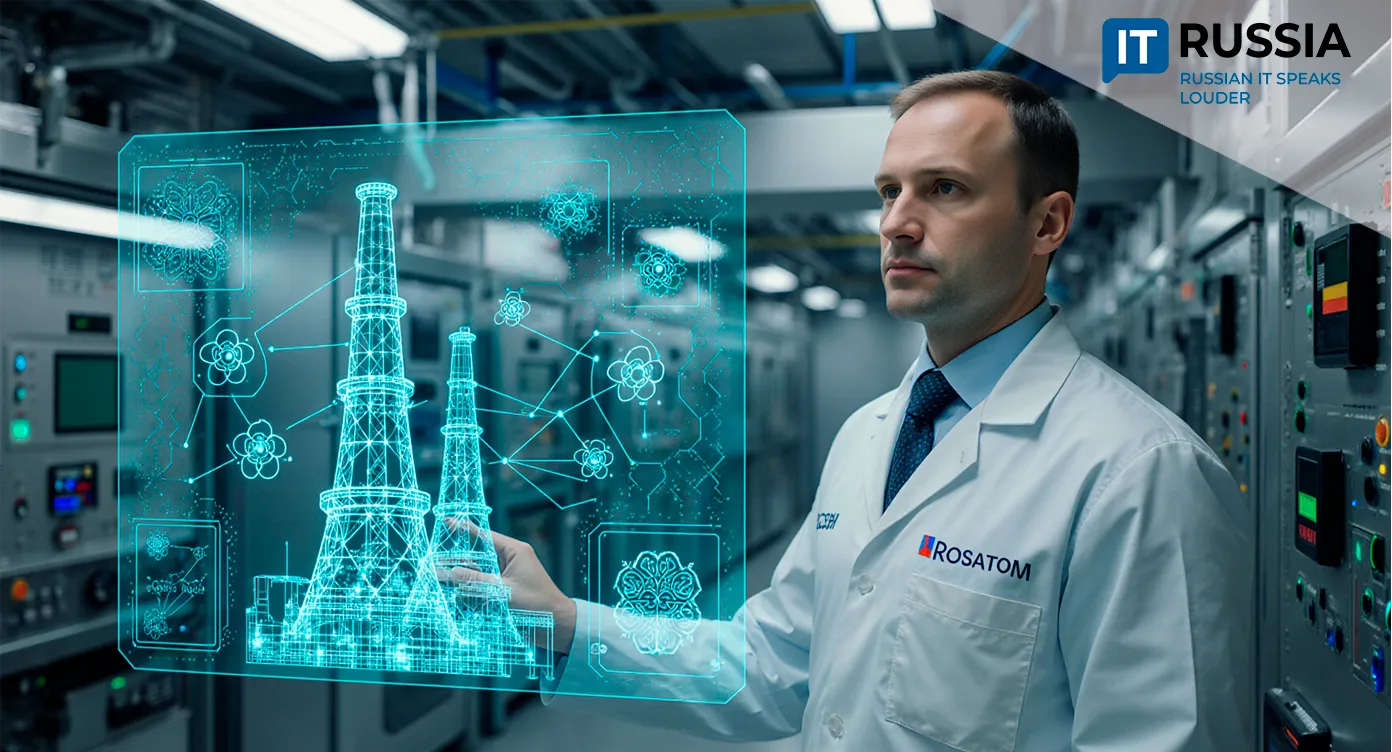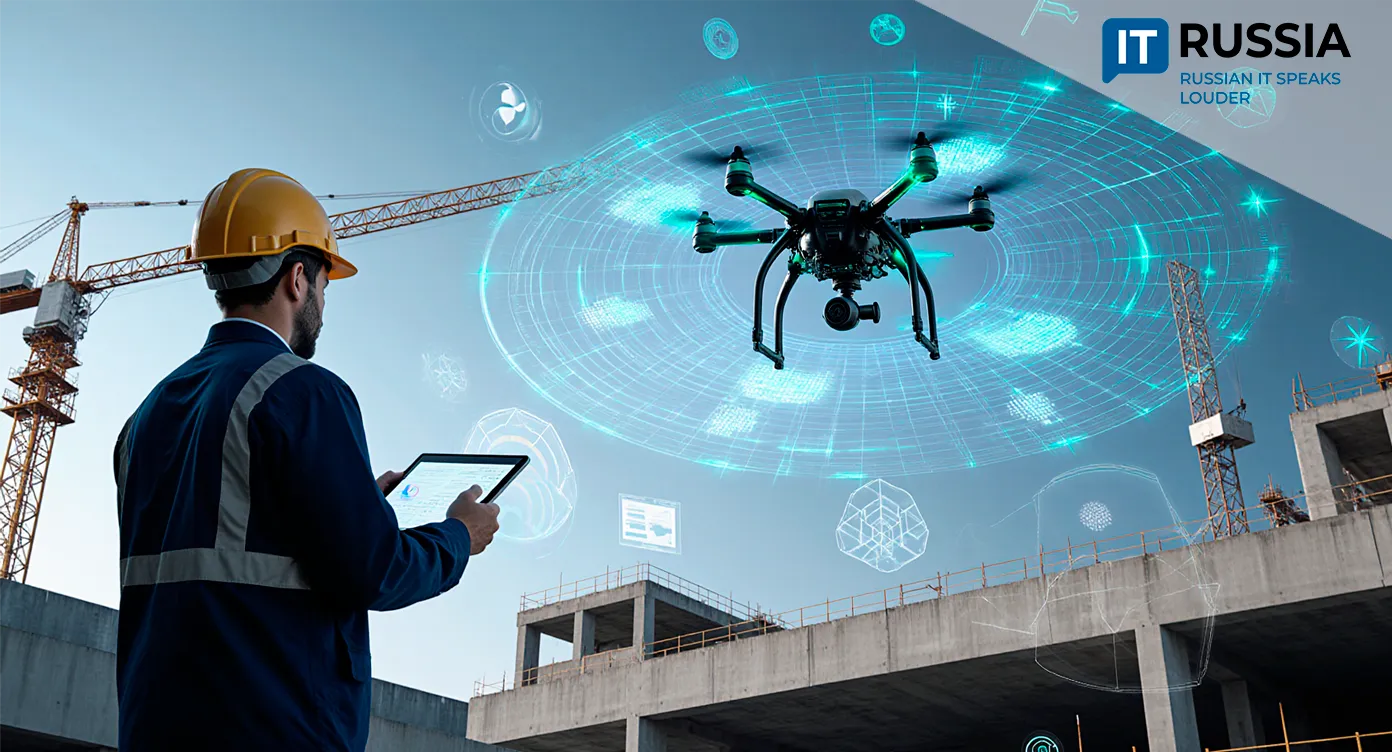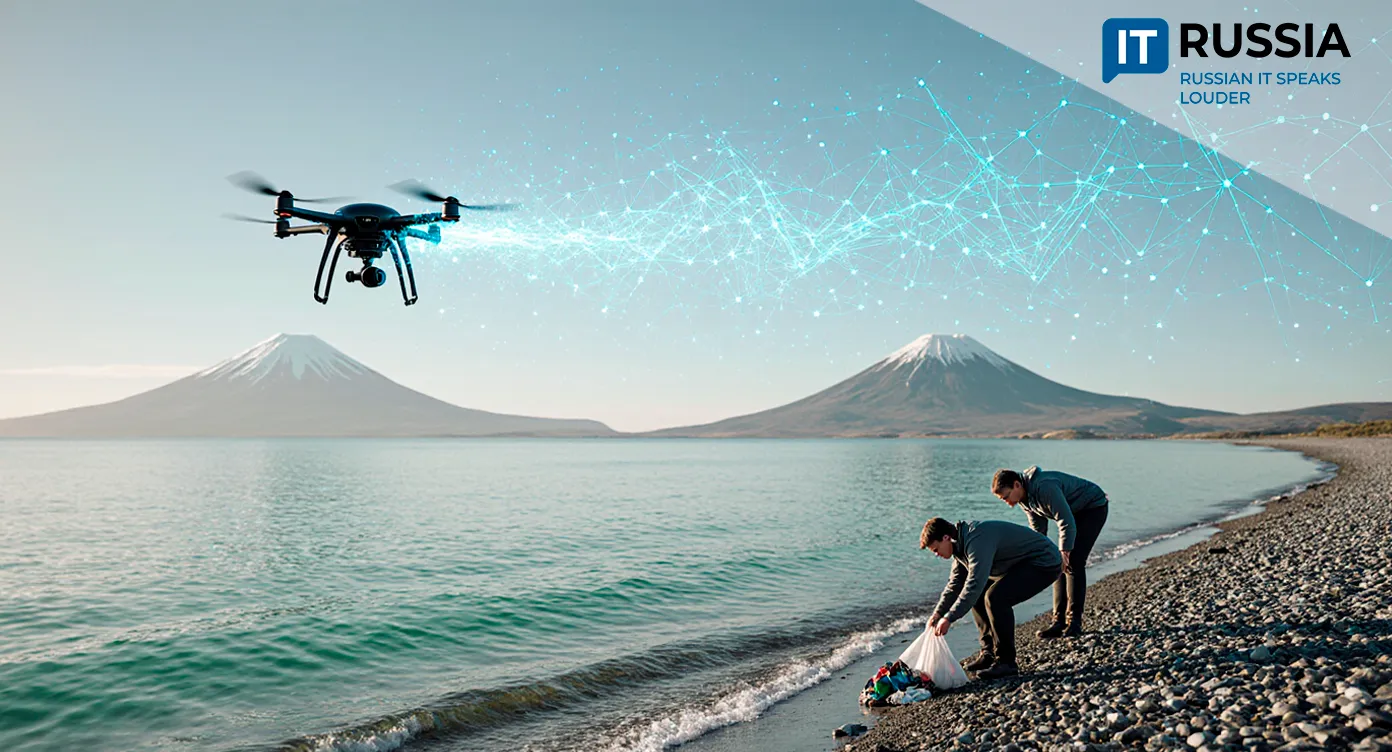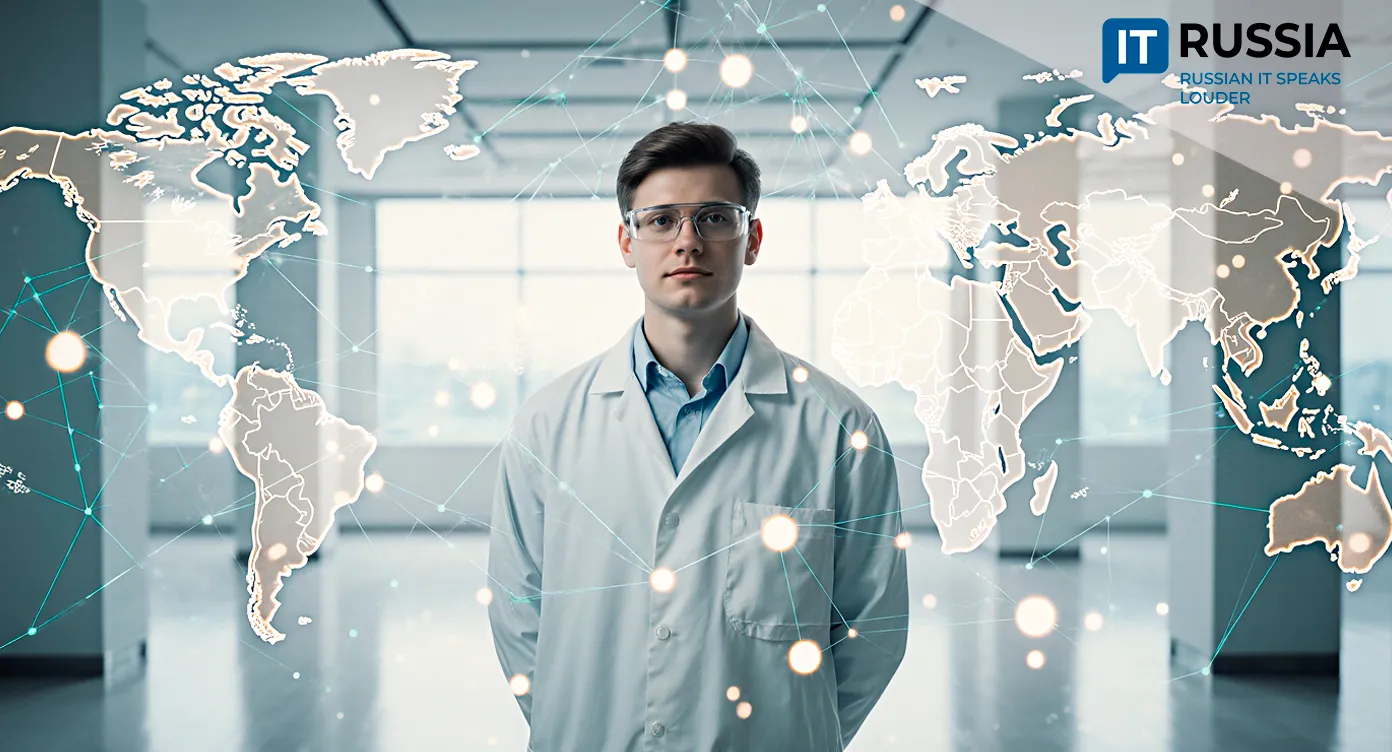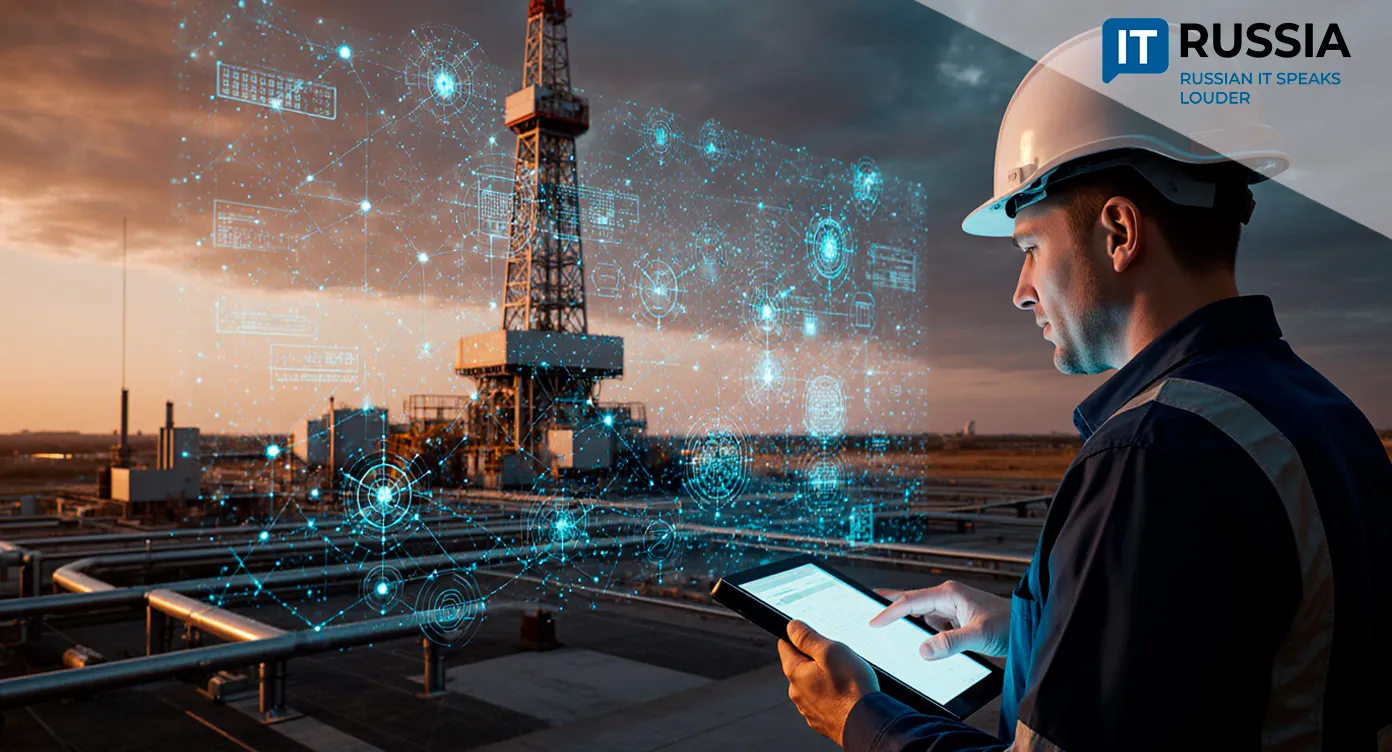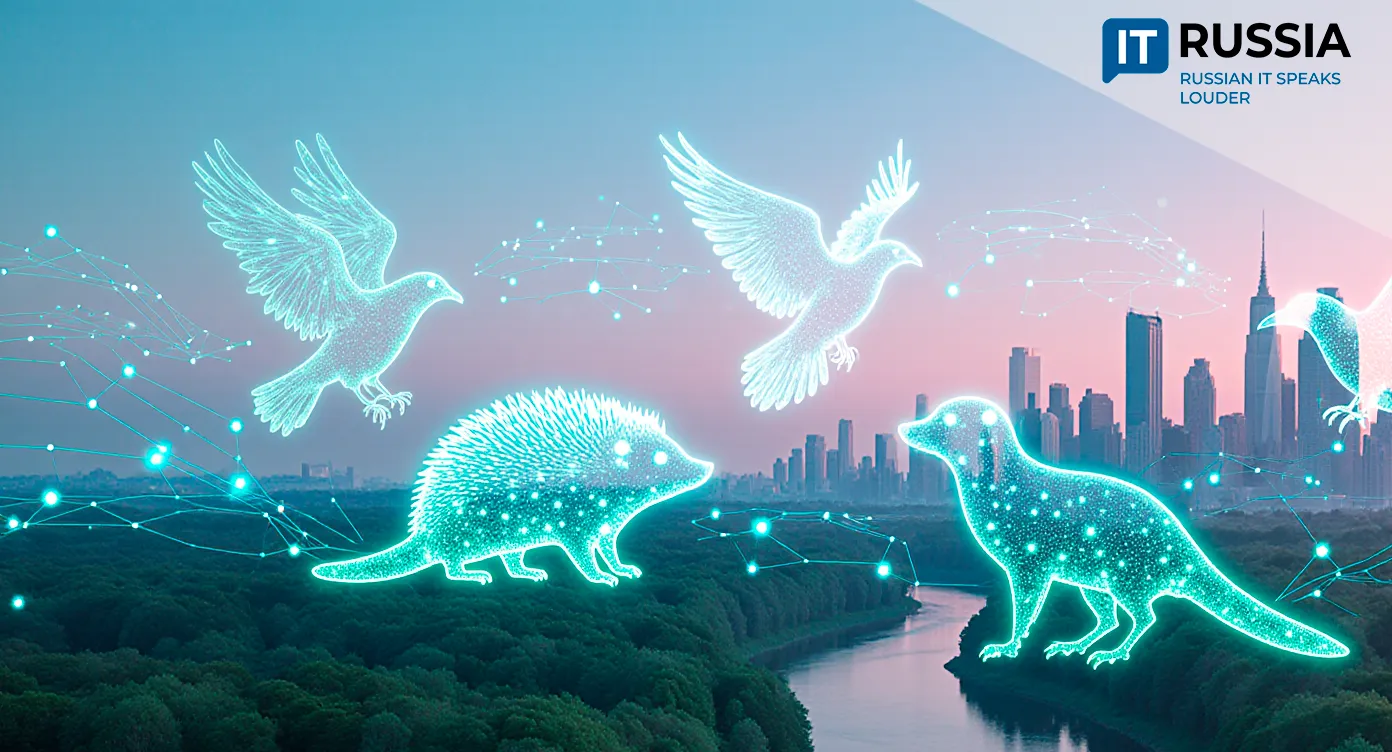Russian IT for the Russian Winter
Gazprom engineers are leveraging artificial intelligence to revolutionize gas storage management. Their new 3D neural model for underground gas storage (UGS) marks a leap in operational efficiency, performing simulations up to one million times faster than conventional systems.
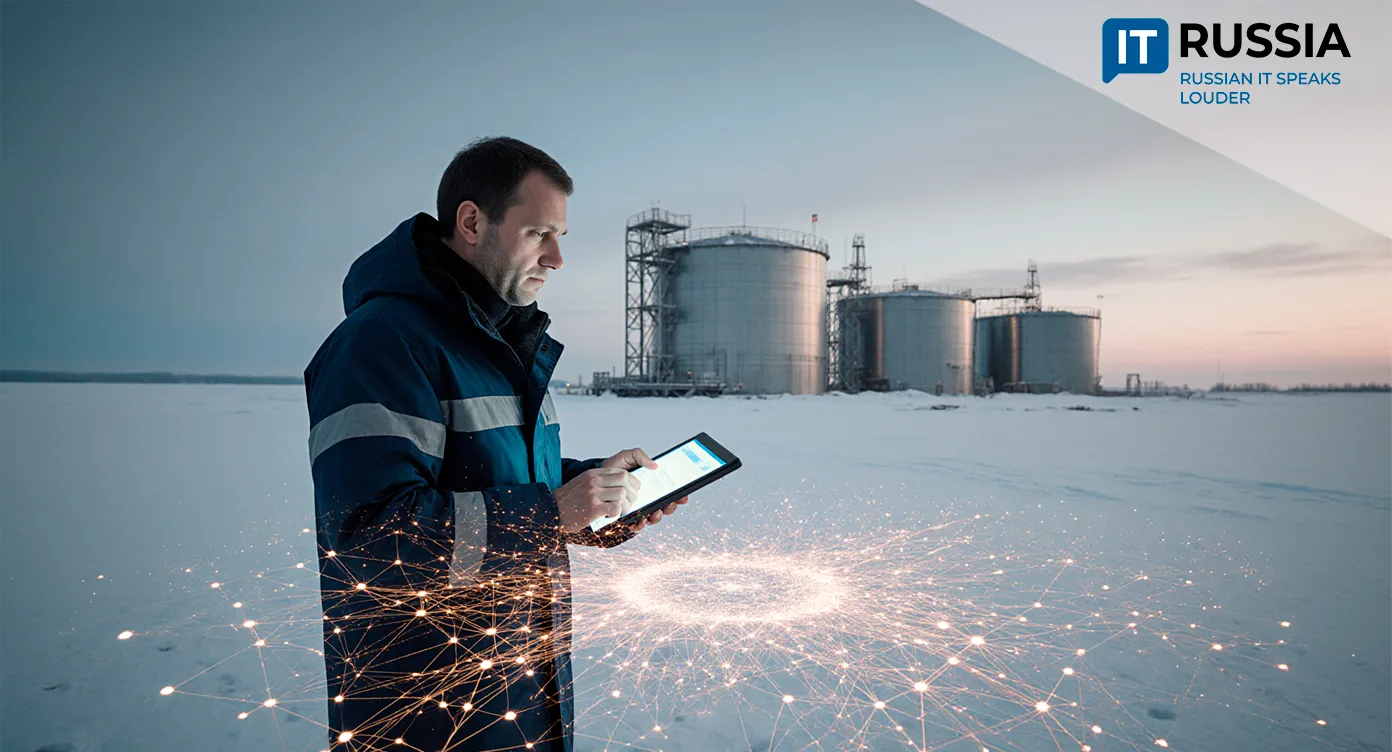
A Million Times Faster
Gazprom’s transition from classical computational modeling to artificial intelligence (AI) is a key milestone for the Russian energy sector. The newly developed neural 3D model, trained on data from the Kushchevskoye UGS facility, allows predictive management of underground storage performance throughout the winter withdrawal season.
According to project engineers, the neural system processes simulations “a million times faster” than traditional tools like tNavigator. What used to take hours or days can now be calculated instantly.
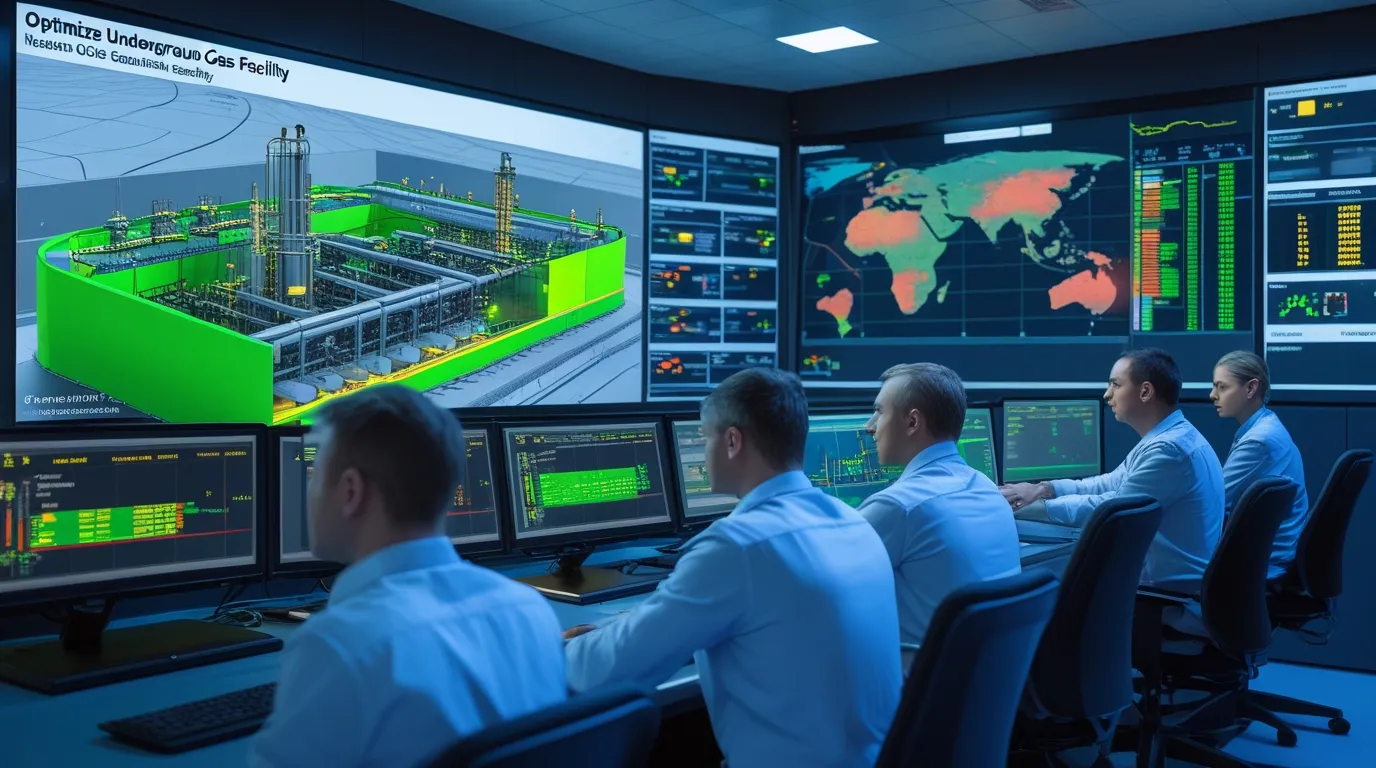
The model doesn’t just analyze existing data — it dynamically selects the optimal operational scenarios for well openings and closures based on real-time weather changes and gas demand. This approach maintains the daily productivity of UGS facilities throughout the heating season, signaling a shift from reactive to proactive infrastructure management.
Digitalization Across Russia’s Energy Landscape
Gazprom’s neural model builds on a broader national trend toward digital transformation across Russia’s energy and resource industries. Companies such as Gazprom Neft have implemented digital twin concepts at production sites under their ‘Digital Field’ program, integrating complex subsurface and asset models. At the Orenburg oil and gas condensate field, a digital twin now operates with a network of more than 800 autonomous sensors. Similarly, the PRANA predictive analytics system by ROTEC has demonstrated the cross-industry potential of such technologies by forecasting equipment failures months in advance.
Russia’s digital industrial ecosystem has matured significantly in recent years. The success of Gazprom’s neural model would not have been possible without extensive datasets and expertise accumulated through previous pilot projects — a testament to the country’s growing technological depth in industrial IT.
Implications for the IT and Energy Sectors
Beyond the immediate benefits for gas storage, Gazprom’s neural modeling technology holds promise for adjacent sectors, including oil extraction and power generation. The model’s adaptability allows for the integration of advanced meteorological data, accounting for extreme weather anomalies — a crucial factor in Russia’s harsh climate.
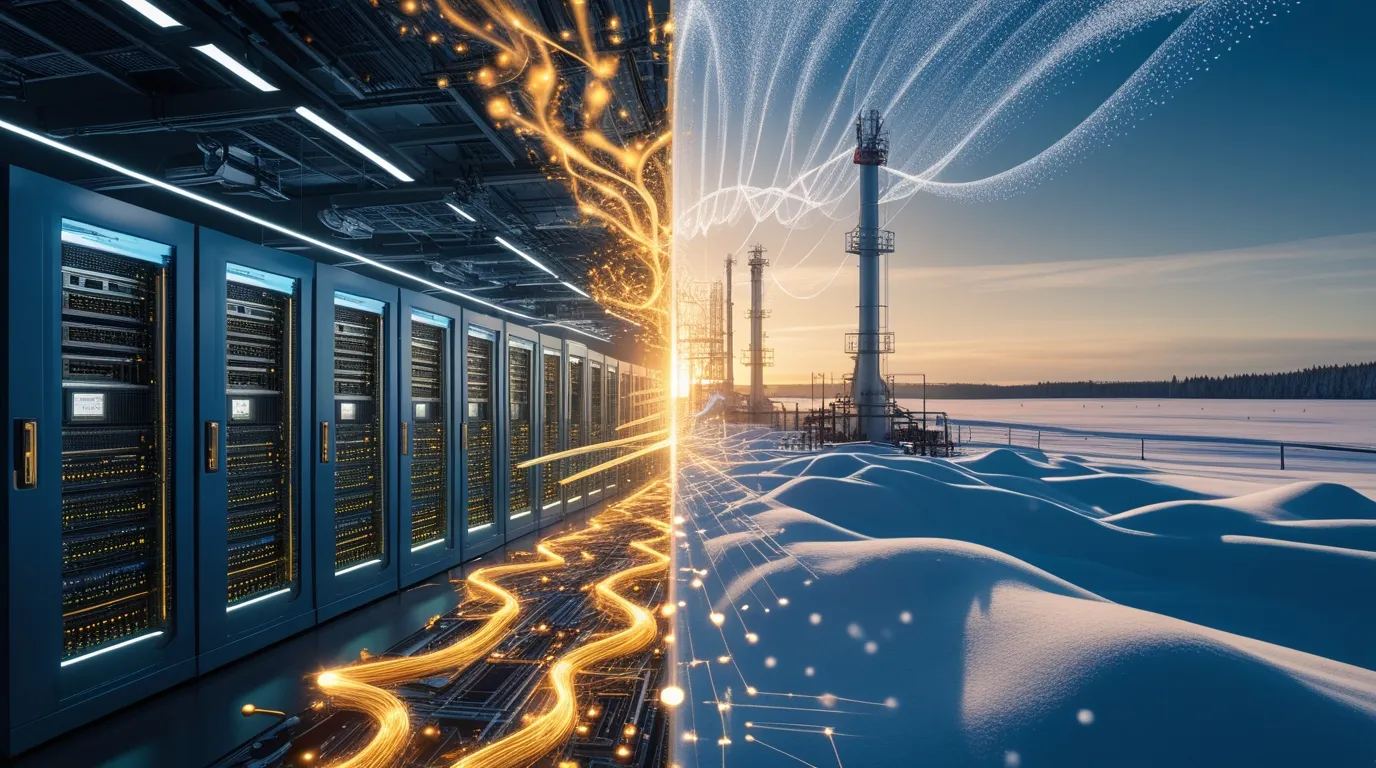
Given the strategic importance of gas infrastructure, resilience is key. Redundant analog control systems are being developed in parallel to ensure stability in case of digital failures, particularly during peak winter periods. This requirement elevates AI deployment in energy systems to the level of national security, demanding new regulatory standards and certification frameworks.
If Gazprom successfully navigates these challenges, the project could set a national benchmark for AI-driven infrastructure management and inspire new standards across Russia’s high-tech and industrial sectors.
What Comes Next
Over the next one to two years, pilot implementations of the neural model will be launched at two to three additional UGS facilities, with measurable key performance indicators (KPIs) published upon completion. Future development will focus on integrating multifactor climate scenarios, enabling more accurate long-term forecasts of storage capacity and performance.

At the national level, discussions are already beginning around the certification and standardization of AI solutions for critical infrastructure. These efforts are closely aligned with Russia’s ambitious “CyberTEC” concept — a vision for a digital twin of the entire oil and gas sector. Gazprom’s neural model stands as a milestone in this direction, demonstrating how the convergence of IT and extraction industries can create global competitive advantages.


